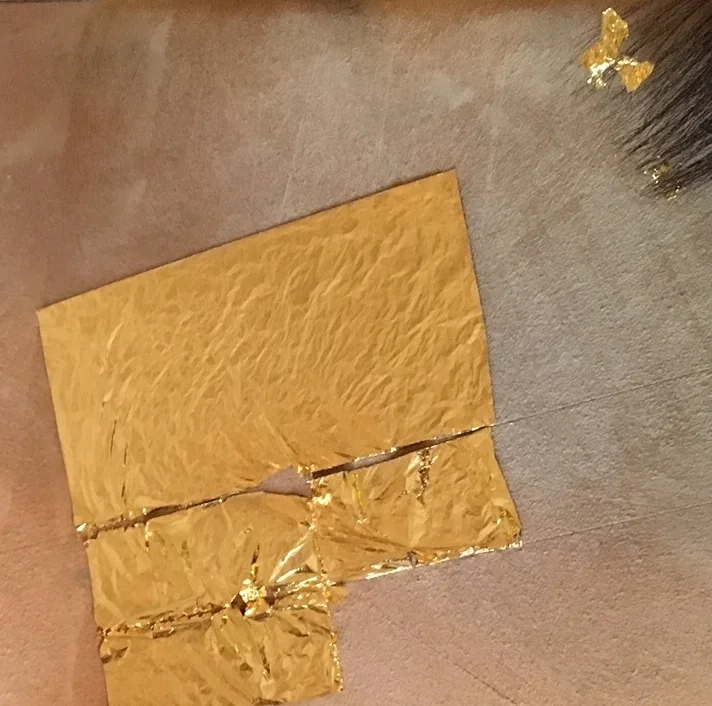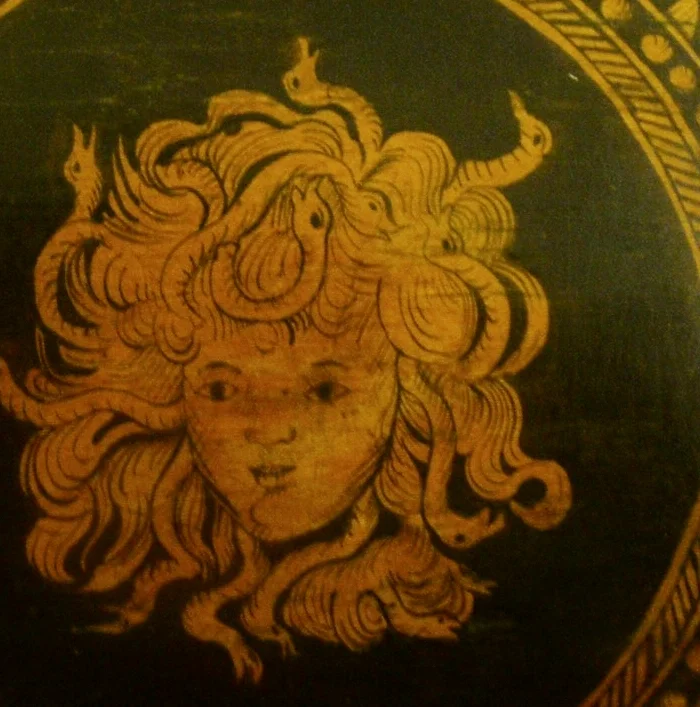What we do
Here you will find some examples of our particular areas of expertise. This is not an exhaustive list and we would encourage you to get in touch to disucss any treatment or project. We work with a variety of trusted external expertise to be able to help no matter the challenge.
A new lacquer cabinet. Decoration designed, applied and finished by Saltram Conservation





Oriental Lacquer (Urushi)
Oriental lacquer is an extremely hard lacquer surface that is made from the sap of the tree Rhus Vernicifera which grows in China, Japan, Vietnam and South East Asia. Urushi has the most superlative qualities, surfaces are highly polished and can be extremely challenging to restorers and conservators.
Japanning
Japanning is technique developed to produce a similar finish to oriental lacquer. European craftsmen did not have access to the traditional materials used in Asia. Particularly lacquer tree resin called ‘Urushi’. It looks so similar to lacquer work that some people mistakenly refer to it as oriental lacquer, however it is actually known as Japanning.
Polychromy - Painted or Glazed Surfaces
Polychrome decoration refers to objects and furniture that have been painted in multiple colours, layers or designs. Polychrome decorations are often seen in religious sculptures, pottery and certain styles of architecture.
Marquetry
A decorative surface technique overlaying more than three sheets of wooden veneer in contrasting colours. Cutting through all the sheets at the same time closely interlocking designs are produced. Contrasting colours are achieved using different wood types and sometimes through the application of pigments.
Fretwork
Fretwork is a generally elaborate form of pierced decorative design cut out with a fretsaw, jigsaw, or coping saw.
Boulle-work
This is a rich marquetry or inlay process using tortoiseshell and gilded brass. The complex technique was much used by the French cabinetmaker André Charles Boulle, who gave it his name.
Gilding
Gilding is the delicate application of very thin layers of gold to a carefully prepared surface .
Verre Églomisé
Verre Églomisé is a French term. It is the process of applying both a design and gilding onto the rear face of glass. The techniques has been used since the middle ages but takes its name from a well known 18th century French dealer name.
Penwork
A very popular technique during the Regency period in England. The surface was first painted black and then decorated/designed with spirits based varnishes and white pigments. The very fine detailed lines in black Indian ink were then added with a fine quill pen. Alternatively, the quill design could be drawn directly onto a pale wooden substrate.










